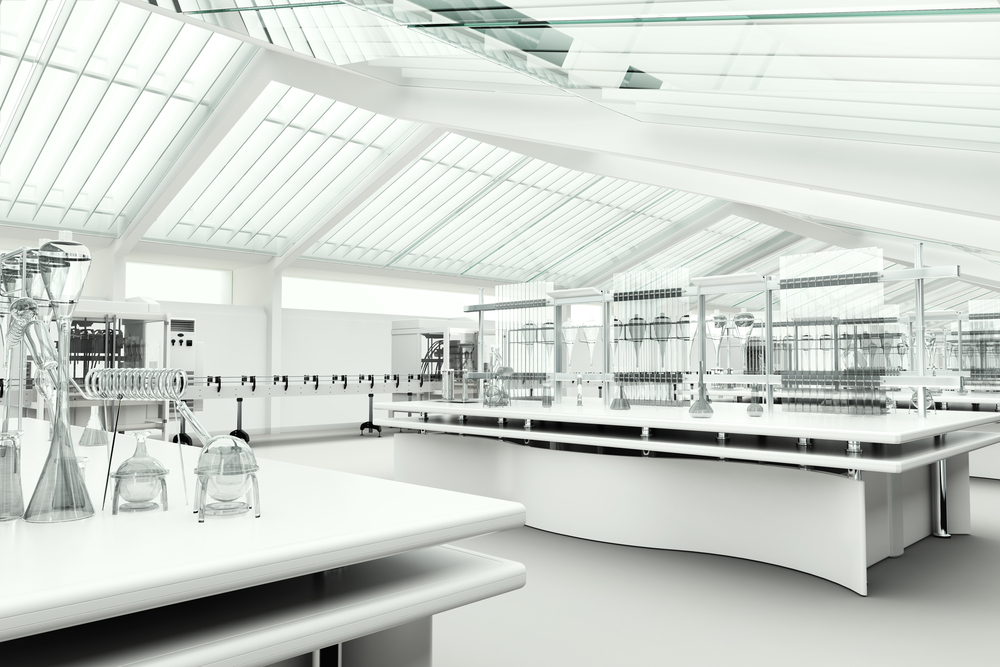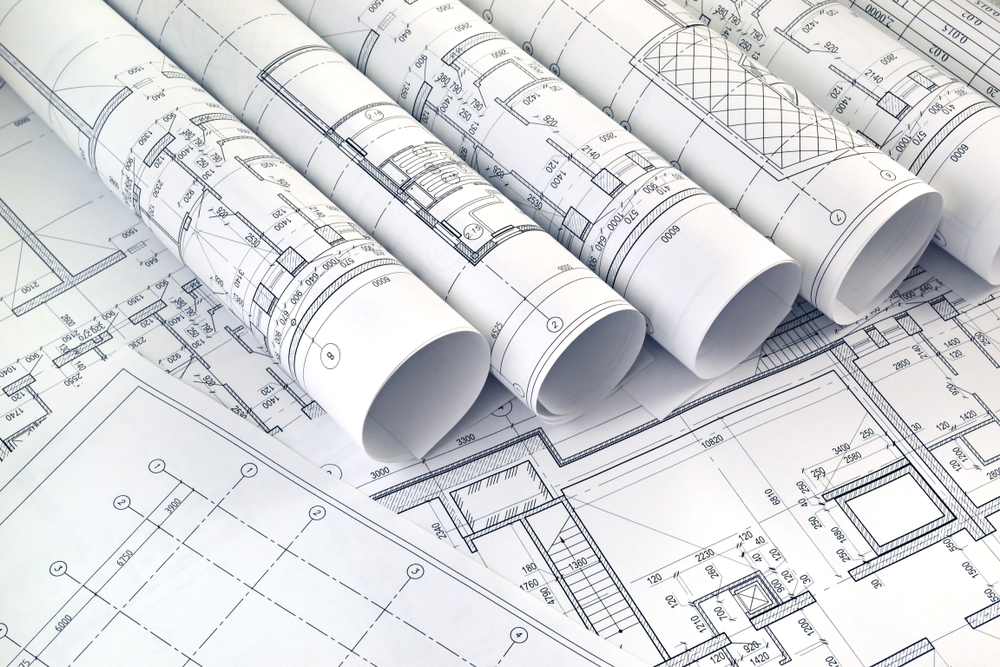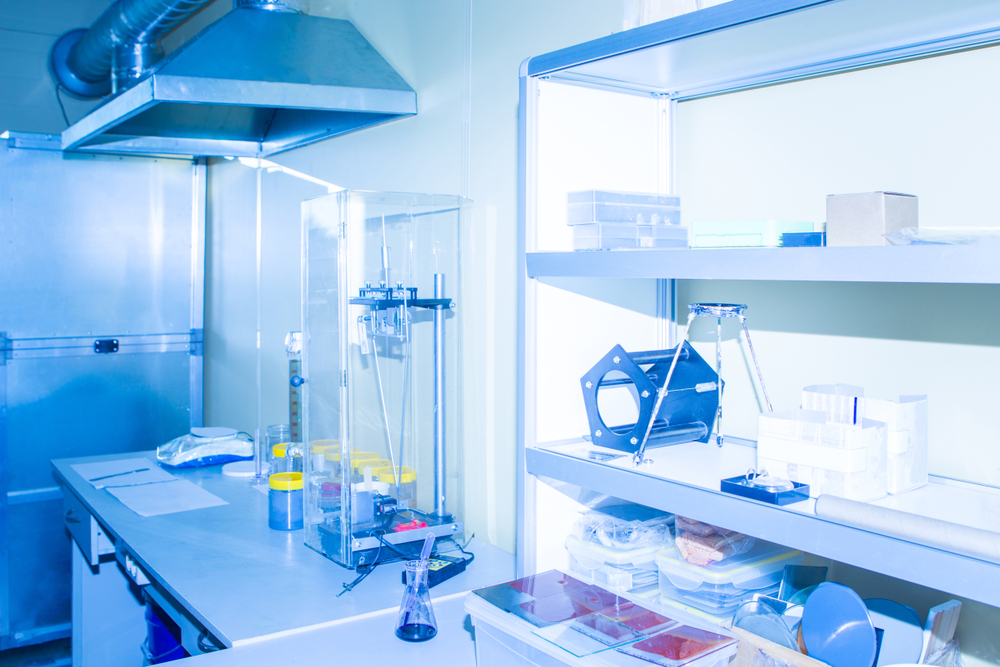
Starting the planning process for a new clinical laboratory construction or the renovation of an existing one can evoke a mix of excitement and a sense of being overwhelmed. The thrill and enthusiasm for creating a cutting-edge new lab or refurbishing an already established one is soon met with the realization that it is a mountainous endeavor. Fortunately, there is a wealth of resources available. A reputable clinical laboratory builder can facilitate the successful completion of the project within the designated timeframe, budget, and spatial constraints.
Collaborating with a clinical laboratory builder is an important step in establishing a state-of-the-art clinical laboratory facility for healthcare services. Here is a step-by-step guide to help you navigate the process:
Define Your Objectives
The first step involves clearly outlining the goals and objectives of your clinical laboratory.
Clinical laboratories play a crucial role in healthcare by providing diagnostic and analytical services that aid in patient care, disease prevention, and medical research.
Your objectives may include providing accurate, reliable, and timely diagnostic information to support healthcare decision-making and improve patient outcomes. Consider the types of tests and services you plan to offer, the volume of samples you expect to process, and any specific requirements for your facility.
Research and Identify Potential Partners
Look for accredited, experienced clinical laboratory builders or design firms with a proven track record in all aspects of healthcare facility construction. Consider firms that offer the expertise of designers, architects, and engineers who also specialize in manufacturing and custom designing of high-quality steel laboratory requirements.
Initial Consultation
Schedule an initial consultation with potential laboratory builders. Discuss your vision, goals, and any specific requirements you have for the facility. This is also an opportunity to assess the laboratory builder’s understanding of your needs and their ability to meet them.

Collaborate With the Clinical Laboratory Builder
Collaboration with the clinical laboratory builder for your facility requires open communication throughout the process. A team with creative thinking, innovation, and the belief that solutions can be found even in challenging situations is key. The following topics would likely form the basis of your collaboration:
1. Site Assessment
Allow the clinical lab builder to conduct a thorough site assessment. This includes evaluating the square feet, floor plans, physical workspace, infrastructure, and any regulatory considerations. The assessment should include a specialist lab planner, who will be responsible for proper space planning to ensure maximum output and future growth.
The builder should identify potential challenges and propose solutions, so establishing working relationships with architects, lab and facility managers, and contractors will be essential.

2. Regulatory Compliance
Ensure that the laboratory builder and the design team are well-versed in regulatory requirements and standards for clinical laboratories. Building a clinical laboratory in the USA involves adherence to various regulatory requirements to ensure compliance with federal and state laws.
- Some Federal regulatory programs include:
- Clinical Laboratory Improvement Amendments (CLIA)
- Occupational Safety and Health Administration (OSHA)
- Food and Drug Administration (FDA)
- The National Institutes of Health (NIH)
In addition to federal regulations, each state may have its specific requirements for the work environment and the safety of laboratory personnel, patients, public health, and biosafety of clinical and medical laboratories at medical centers. It’s essential to research and comply with state-specific regulations governing laboratory operations.
3. Lab Design Phase
Collaborate closely during the laboratory design phase to create a laboratory layout that maximizes efficiency, workflow, and safety. Consider factors such as sample flow, equipment placement, and the incorporation of future expansion possibilities.
A point of discussion during the collaboration of the design process should cover the generation of submittals for approval before work starts. Submittals are crucial for ensuring that the materials, products, and workmanship meet the specified requirements and standards outlined in the project’s contract documents.

4. Budgeting and Financing
Work with the laboratory builder to develop a realistic budget for the construction and outfitting of the facility. Discuss financing options and ensure that the project aligns with your financial capabilities.
5. Project Timeline
Establish a clear and realistic timeline for the construction of the laboratory. Consider milestones, deadlines, and potential delays. Having a well-defined timeline will help keep the project on track.
6. Construction
Once the design, timeline, and finances are finalized, construction can begin. Regular communication with a dedicated project manager is essential during this phase. Monitor progress, address any issues promptly, and ensure that the construction aligns with the approved budget, plans, and timeline.
Throughout construction, the lab builder should work with architects, lab and facilities managers, and contractors to specify products and provide pre-construction design services.
7. Installation
The proper delivery, staging, and installation of your lab furniture is critical to the project. Your lab builder’s installation crew should be experienced in the field of clinical laboratory installations to ensure a seamless process. The installation should include mechanical services like ducting, electrical, and plumbing.
8. Quality Assurance and Testing
If your clinical laboratory builder provides a full service from design to implementation, the service will include the building or sourcing of custom solutions for your unique lab requirements. These could include casework, fume hoods, and workstations.
Before the laboratory becomes operational, a comprehensive quality assurance and laboratory testing process should be implemented. This includes equipment validation, calibration, and verification of procedures to ensure accurate and reliable results.

9. Training and Handover
Collaborate with the laboratory builder to develop a training program for your lab staff. This should cover the use of equipment, safety protocols, and standard operating procedures. After completion, the laboratory can be handed over for full operation.
10. Ongoing Support
Before concluding collaboration, ensure that the laboratory builder provides ongoing support and maintenance services. This is crucial for the long-term functionality and efficiency of your facility.

Conclusion
To summarize, collaborating with a clinical laboratory builder is a crucial and strategic approach to establishing cutting-edge laboratory services for a healthcare facility. Having a successful partnership with a reputable laboratory builder ensures the realization of a facility that meets the highest standards of quality, safety, and regulatory compliance.
By setting clear goals, doing thorough site assessments, and keeping communication open throughout the design and construction phases, healthcare organizations can build a state-of-the-art ergonomic clinical laboratory space. Moreover, fostering a collaborative approach during budgeting, timeline establishment, and ongoing support phases contributes to the long-term success of the facility.
As the laboratory becomes operational, the shared commitment to disease diagnosis, patient care, preventive medicine, and adherence to ethical and professional standards becomes evident. The ultimate goal of this collaboration is to provide accurate, reliable, and timely diagnostic information. The result enhances healthcare decision-making and improves patient outcomes.
A well-executed collaboration can position your clinical laboratory at the forefront of medical advancements, ensuring the delivery of high-quality diagnostic services. This will contribute to the overall improvement of global health.




